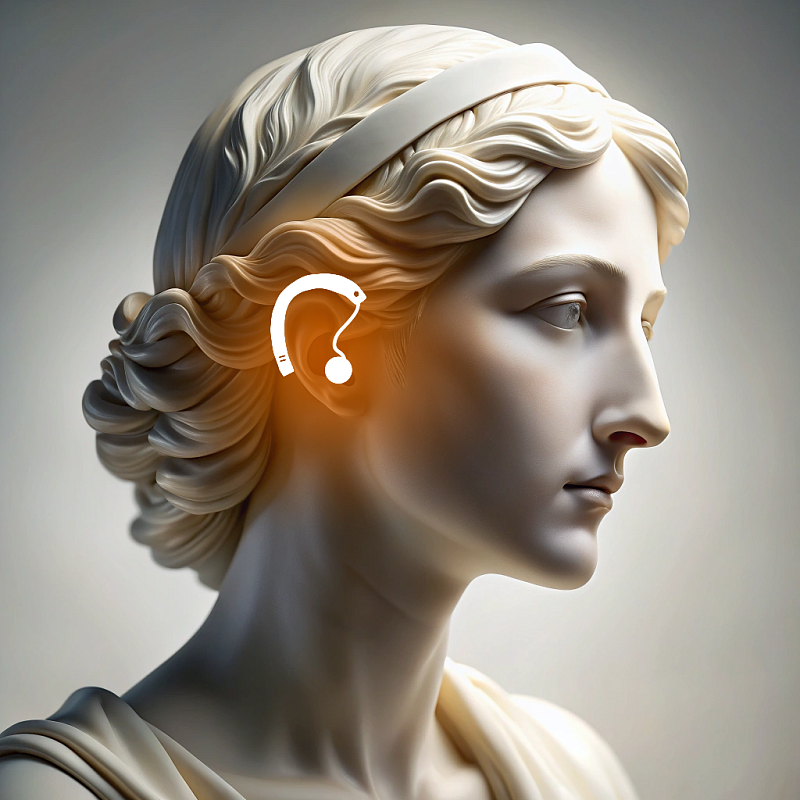Hearing aid fitting
Hearing aid fitting is a procedure designed to restore hearing perception in cases of partial hearing loss.

Contemporary hearing aids improve speech intelligibility and spatial orientation, helping compensate for hearing loss and enhancing the patient's overall quality of life.
Selection is carried out on an individual basis, considering the degree and type of hearing loss, anatomical features, lifestyle and preferences. The procedure includes objective and subjective hearing examinations, selecting the optimal device, adjusting it, and monitoring it subsequently.
Before selecting a hearing aid, a complete audiological examination is necessary. This includes tonal audiometry, tympanometry and an audiology consultation. It is also important to clean the ear canals and eliminate any acute inflammation. Patients should inform the specialist in advance about any previous ear conditions, surgeries, or symptoms (e.g. tinnitus or dizziness).
Following an audiological examination, an audiologist will determine the type and degree of hearing loss, offering hearing aid options accordingly. Modern hearing aids vary in type (in-the-ear, behind-the-ear or in-the-canal), power, functionality and design. Once a device has been selected, the specialist will fit it and perform the initial setup. This process involves audiogram data and the patient's individual preferences. Several additional visits may then be required for fine-tuning and training in how to use the device. The audiologist will explain how to wear, care for and replace the batteries.
The fitting procedure involves using professional audiometers, tympanometers, and special software packages for calibrating and fine-tuning hearing aids. Specialists work with leading models and select devices that comply with international standards for hearing aids.
Adapting to a hearing aid can take from a few days to several weeks, depending on the duration of hearing loss and individual sensitivity. At this stage, the patient learns to perceive sounds with new intensity and to distinguish speech in complex acoustic conditions. Our specialists provide consultative support and, if necessary, recalibrate the device.
Benefits
Personal approach
Selection is based on diagnostics, anatomy of the ear canal, and the patient's daily needs. Our clinic provides free adjustments to the hearing aid after purchase.
Advanced technology
We use digital devices with directional microphones, noise suppression, and adaptive settings
Professional fitting
The device is calibrated precisely according to the audiogram and selected with the option of subsequent adjustment
Comfort and discretion
Models are available in various shapes and sizes, including nearly invisible in-the-ear devices
Врачи
Смотреть всех врачейENT Audiologist, member of the National Medical Audiology Association.
Similar referral activities
Otoacoustic emissions (OAE) testing
Otoacoustic emissions (OAE) testing is a noninvasive diagnostic method that helps assess the function of the outer sensory cells in the inner ear.
Tympanometry
A diagnostic procedure aimed at assessing the function of the eardrum, middle ear and its structure by measuring the mobility of the eardrum in response to changes in air pressure in the ear canal.
